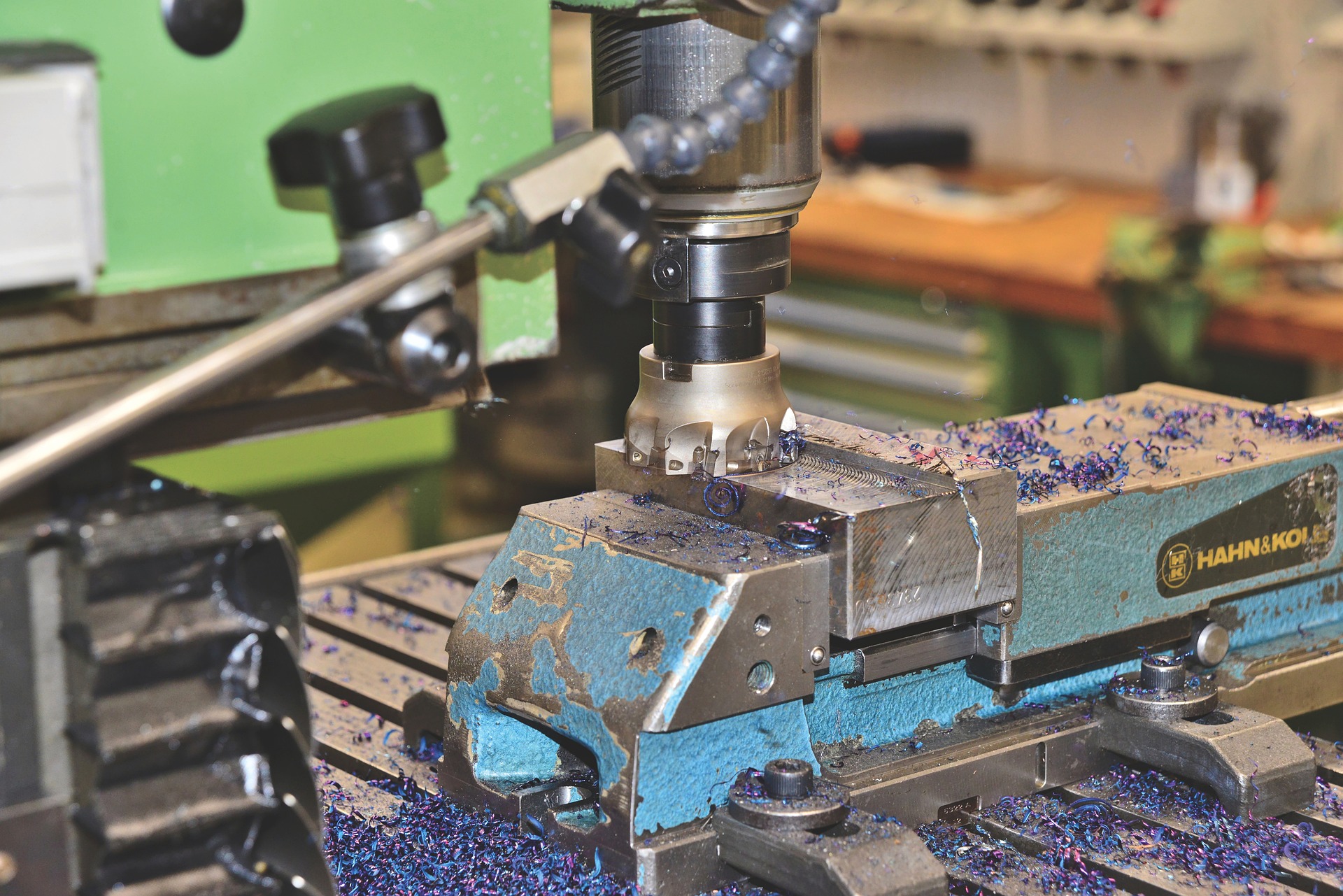Overview:
Wire nails are commonly used in construction and carpentry. They are made from high-carbon steel wire and come in various sizes and shapes. The manufacturing process involves several steps, including wire drawing, nail forming, heat treatment, polishing, and packaging.
1. Raw Material:
- Wire Rods: The primary raw material for wire nails is steel wire rods. These rods are typically made from high-carbon steel to ensure the nails are strong and durable.
2. Wire Drawing:
- Wire Drawing Machine: The wire rods are fed into a wire drawing machine, where they are drawn through a series of dies to reduce their diameter to the required size for nail production. This process also improves the mechanical properties of the wire.
3. Nail Forming:
- Nail Making Machine: The drawn wire is then fed into a nail making machine. This machine cuts the wire into individual pieces (nail blanks) of the desired length and forms the head of the nail by hammering one end.
- Point Formation: The other end of the nail blank is then shaped into a point, typically by a grinding or shearing process.
4. Heat Treatment:
- Annealing: To enhance the strength and durability of the nails, they may undergo a heat treatment process called annealing. This involves heating the nails to a specific temperature and then cooling them slowly to relieve internal stresses.
5. Polishing:
- Polishing Drum: After heat treatment, the nails are placed in a polishing drum containing sawdust or other abrasive materials. This step helps to remove any surface impurities and gives the nails a shiny finish.
- Optional Coating: In some cases, nails may be coated with a protective layer, such as zinc (galvanization) to prevent rust and corrosion.
6. Quality Control:
- Inspection: Nails are inspected for defects such as bends, surface imperfections, or incomplete heads. Automated systems or manual inspection methods are used to ensure quality standards are met.
- Testing: Strength and durability tests may also be conducted to ensure the nails meet the required specifications.
7. Packaging:
- Counting and Packaging: The finished nails are counted and packaged in boxes or bags of various quantities, ready for distribution and sale.
8. Environmental Considerations:
- Waste Management: Waste materials, such as metal scraps and used abrasives, are managed and recycled where possible to minimize environmental impact.
- Energy Efficiency: Manufacturers often seek to improve energy efficiency in their production processes to reduce costs and environmental footprint.
Applications:
Wire nails are widely used in:
- Construction: Framing, roofing, and general construction work.
- Furniture Making: Assembling wooden furniture.
- Packaging: Securing wooden crates and pallets.
- DIY Projects: Various home improvement tasks.
Advantages:
- Strength and Durability: High-carbon steel provides excellent strength.
- Versatility: Available in a wide range of sizes and shapes to suit different applications.
- Cost-Effective: Relatively low production costs make wire nails affordable.



